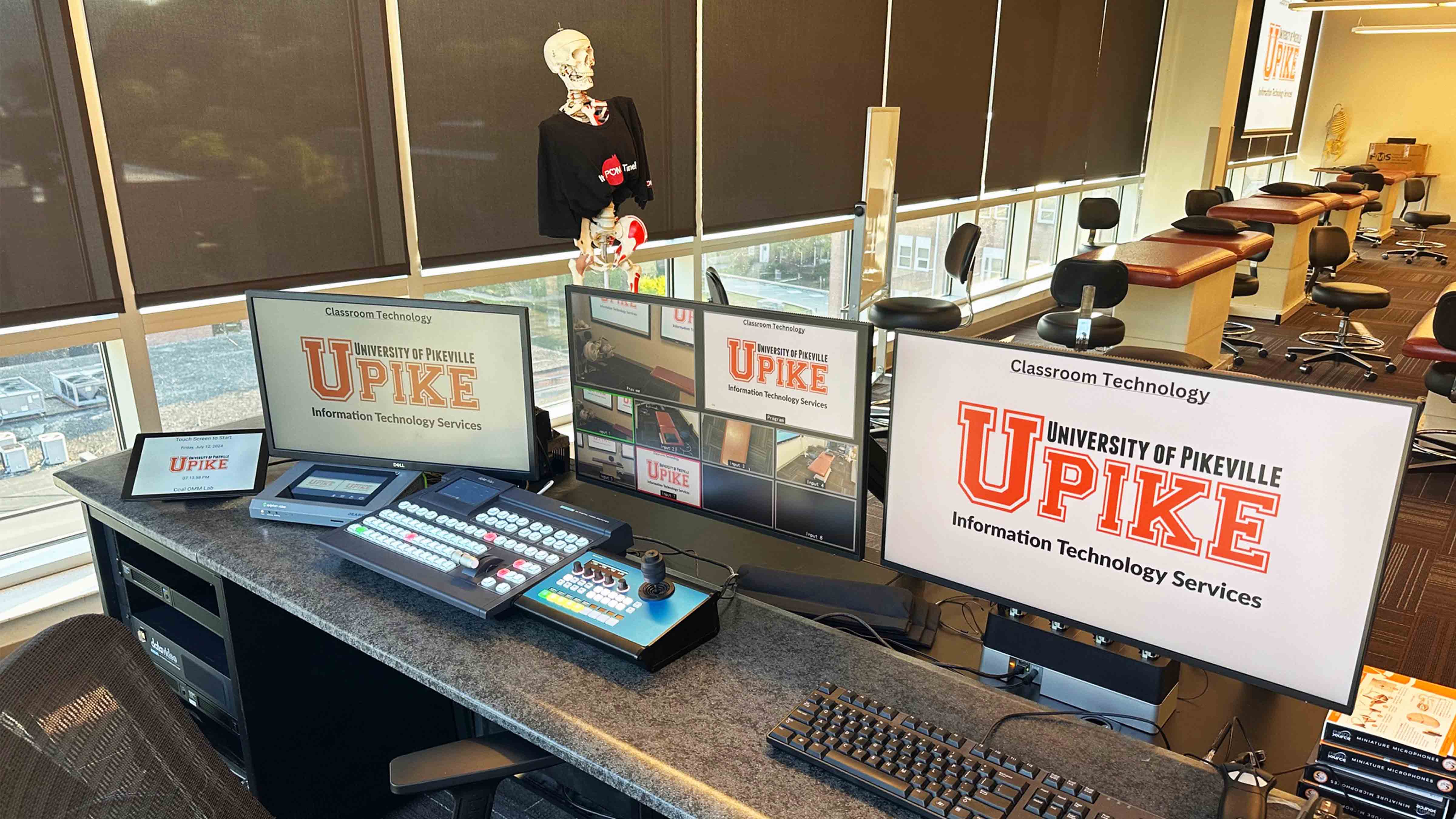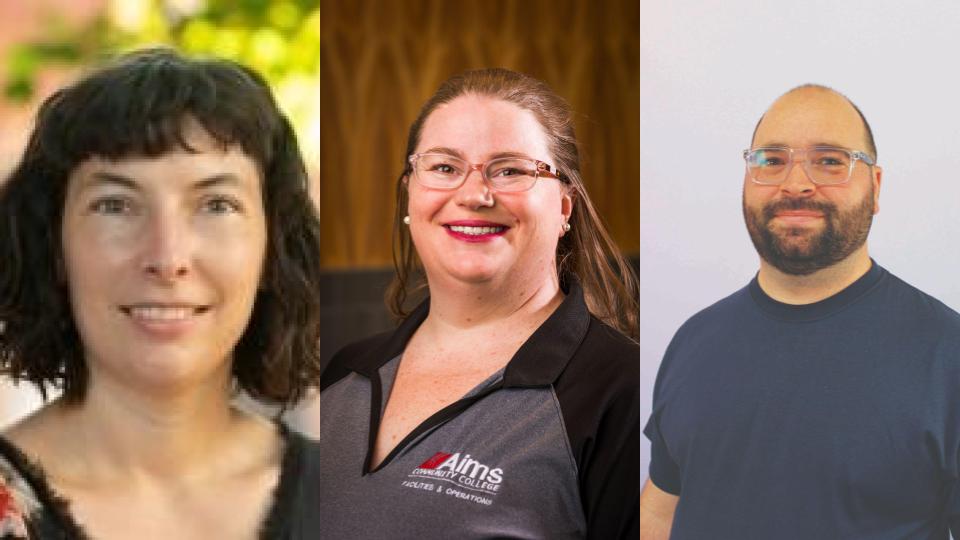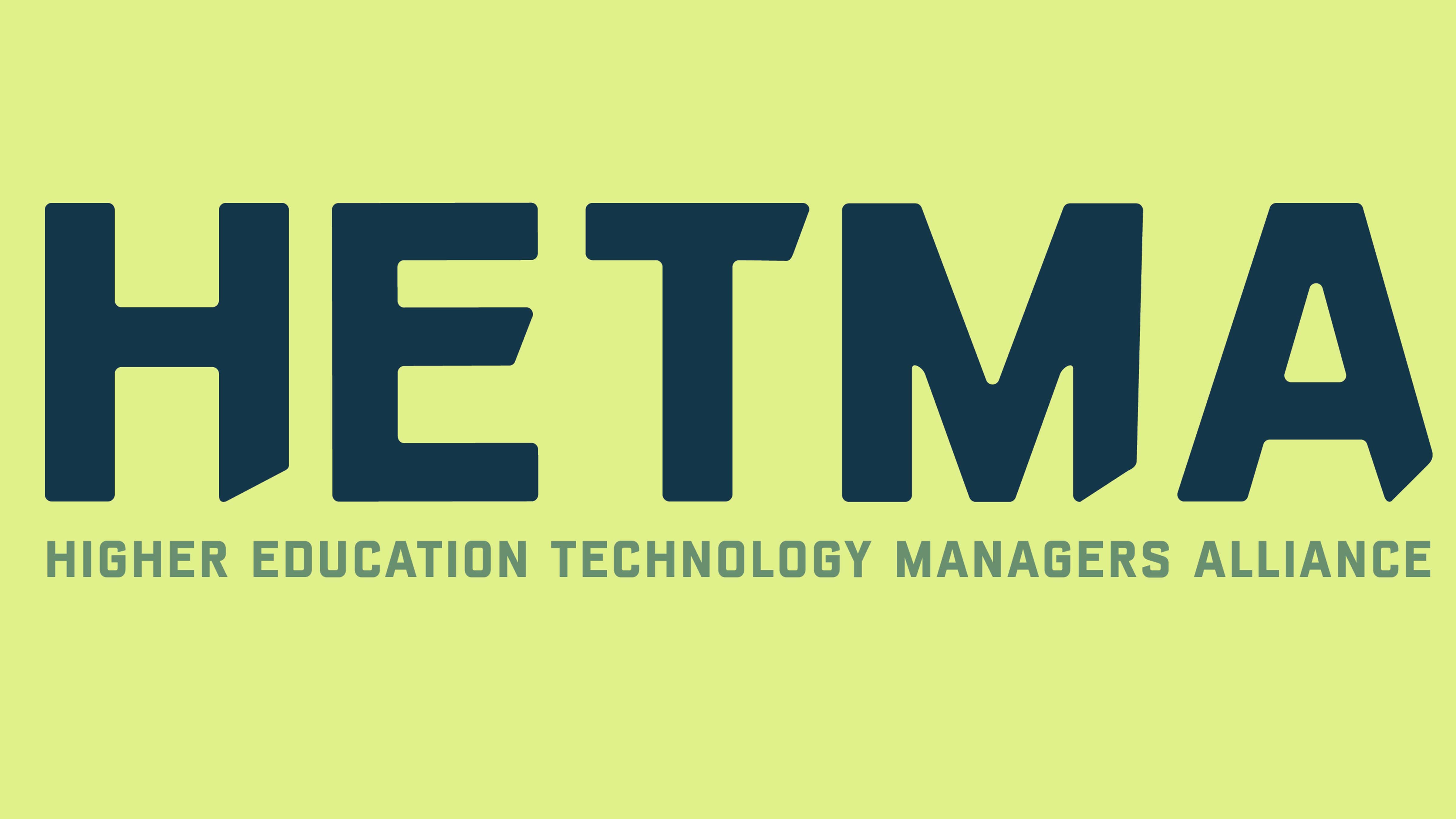Gen Z Goes to College
HETMA keeps pace with the tech expectations of 'digital natives.'


Not only did the pandemic accelerate the integration of AV technology in higher education, but Gen Z, often referred to as "digital natives," now expects it when they arrive on campus. This current generation of students is more comfortable than previous ones with using various technologies to streamline their work and accelerate their studies.
“Gen-Z has grown up with technology readily available,” said Teddy Murphy, audio visual coordinator at the University of Pikeville, a private university in Pikeville, KY. “As a result, they are reliant on technology.” They also prioritize immediacy in feedback, content, and communications, so schools are designing classrooms to support this.
A 2024 student survey at New York's University of Buffalo found that 97% of students own a smartphone, and more than 90% use laptops—mainly Windows (63%) and Mac (29%)—as their primary devices for coursework. “These students are accustomed to having technology that works reliably and supports their academic needs,” commented John Pfeffer, associate director at the University of Buffalo. “When it doesn’t, they notice.”
Faculty Comfort Levels

Many undergraduate classrooms are now equipped, at a minimum, with digital projection or displays, basic control systems, cameras, reliable internet access, a computer, and sound reinforcement. For more advanced classrooms, students will expect more than that. “In our professional schools, they expect the same, but also add lecture capture systems, multiple video inputs, hybrid teaching support, and an integrated microphone and speaker system,” Murphy added.
Instructors have different comfort levels with technology. Some are eager to use new tools and even request them, while others prefer traditional methods and want projector screens and displays that don't interfere with their use of chalkboards or whiteboards.
Regular communication with staff about the benefits, including training sessions to help them become more comfortable using them, is essential for increasing usage. “Some tools go underutilized, not due to lack of quality, but because they don’t align with an instructor’s style or they’re not aware of their benefits,” explained Chris Kelly, senior IT support specialist for Creighton University, a private university in Omaha, NE.
A younger generation of faculty is also transforming how students learn in the classroom, aiming to make it more interactive by sharing videos or inviting remote speakers. “This is where you see less lecture-based, where you sit and talk about things,” said Matthieu Kaminski, audio visual and digital services program director at the University of California Berkeley College of Computing, Data Science, and Society. “It’s more engaging, and new people coming on the faculty seem to be able to leverage digital tools much better.”
A daily selection of the top stories for AV integrators, resellers and consultants. Sign up below.

Although Gen Z students see themselves as tech-savvy because they are always connected through their personal devices and apps, that doesn’t mean they know more than their instructors when problems arise. “In any given class, you might see a student step in to help an instructor before a support call is made, especially if there’s no official assistant present,” said Kelly. “While some students have a basic understanding, like ensuring cables are properly seated and selecting the correct source for signal routing, that’s typically the extent of the assistance they’re able to provide.”
Considering this, IT departments should focus on simplifying processes and removing barriers so that learning remains the main goal for students and teachers. “We are looking at how personal devices can integrate with the built environment, for instance, the student’s phone becoming a microphone for voice lift and capture on the recordings,” added Pfeffer.
He also mentioned that they are considering tools like Learning Space Manager to assist with planning future budgets and adapting to changing standards. “Higher education administrators need three-to-five-year budgets for better planning; faculty need reliable technology that is not outdated,” he noted.
This is why Pfeffer highlighted the importance of working closely with instructional designers to better understand faculty needs and identify the best strategies for preparing them for new technology implementations, including organizing one-on-one support or direct training sessions. “We simply cannot drop them in the classroom and expect them to work,” he said.
At UC Berkeley, Kaminski manages AV for a specific college and believes this allows him to customize the integration to their specific needs. He feels this gives specialists the opportunity to forgo a generalized approach, one that they might take if they were overseeing all departments, and instead focus on building custom solutions that better fit department needs.

Support for AV Managers
Classroom technology continuously advances and expectations from Gen Z and future generations stay high, so the Higher Education Technology Managers Alliance (HETMA) was founded in 2019 to support campus AV specialists by providing support systems, development resources, and serving as a career development resource. “Every resource we provide is here to support the development of our over 3,000 members, help them advance their careers, and give them a voice within the broader industry in whatever way they choose to go,” said Joe Way, executive director of digital spaces at University of California Los Angeles Digital and Technological Services and one of the founders of HETMA.
HETMA offers free programs to AV professionals in higher education, including the Higher Ed AV Media platform, which features articles, podcasts, and news addressing the industry's unique challenges, as well as FLEXspace, where members can collaborate on classroom design. Its Prism Scholarship, in partnership with AVIXA, also awards 10 annual scholarships to help cover CTS prep and exam fees for underrepresented professionals.

“HETMA is one of the big reasons I am still in the higher education vertical,” said Brittney Grant, HETMA member and audio visual specialist at Colorado's Aims Community College. “HETMA is able to make the ever-growing knowledge of AV and IT in higher education accessible and available for anyone interested in getting involved. The knowledge I have gained is nothing compared to the community and connections that I have gained across the AV industry and the world.”
Erin Maher-Moran, IT manager for classroom technology at Johns Hopkins University, a private university in Baltimore, and the new chair of the HETMA board of directors, spent her first year in the role thinking about sustainability. “I really focused on getting our processes down and making sure that all of our programs are sustainable and set up in a way that we can make sure that we can easily keep them running,” she said.
As HETMA expands, she aims to formalize its programs more effectively while assisting members in pursuing their professional goals in a personalized way. The organization will soon launch a new mobile app to help support their hyper-personalized support goals for members. However, the support they have provided thus far has already made a difference when speaking with their members.
[HETMA Summit Drives Higher-Ed AV Forward]
“Before I was in HETMA, I was a department of one, trying to navigate the sea of products on a tight budget and even tighter schedule,” said Annie Foster, HETMA member and associate director of classroom technologies with Washington and Lee University, a private university in Lexington, VA. “HETMA connected me with others going through the same challenges. HETMA was more than a resource—I had found my people. I have been encouraged to share my experiences in the community, on podcasts, and even speaking at InfoComm."
To learn more about HETMA, their programs, and membership, visit hetma.org.
Jennifer is a freelance writer and marketing consultant based in the New York City area. Within the AV industry, Jennifer loves to explore how technology can alter the world around us, creating immersive experiences unlike any other. She has years of experience working with AV integrators, manufacturers, and event production companies in developing engaging content to increase their overall awareness.

